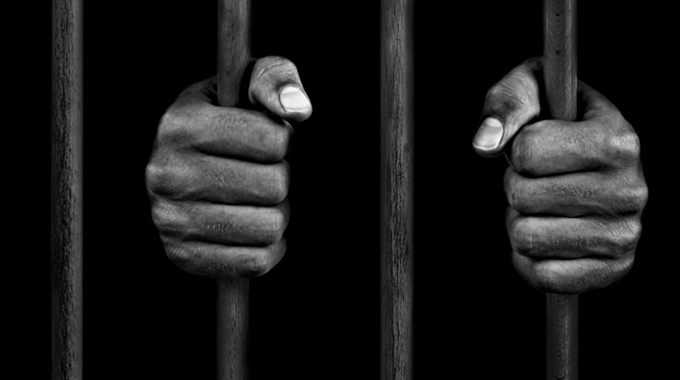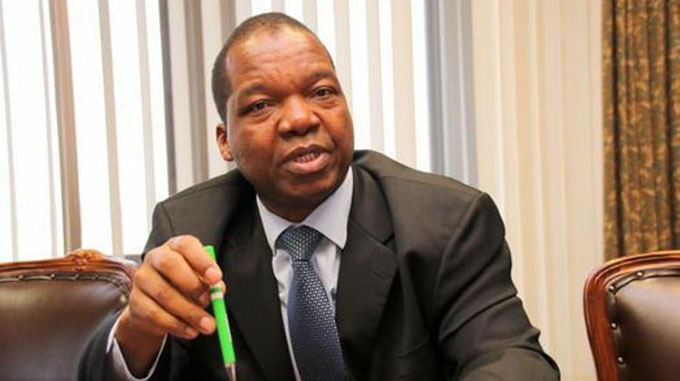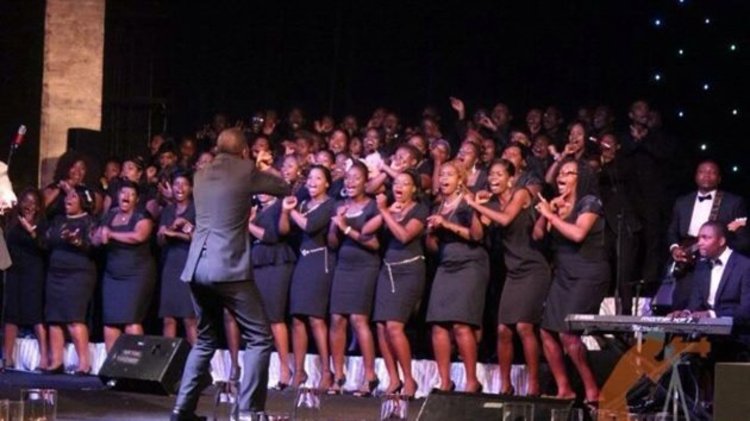Top 10 in Africa, top in the region . . . For the Glamour Boys, these were the days of their lives

Robson Sharuko
Senior Sports Editor
TEN years ago, Dynamos were ranked among Africa’s Top 10 football clubs, sharing the elite company of heavyweights like Egyptian powerhouse Al Ahly and Congolese giants TP Mazembe.
The Glamour Boys were also the top dogs in Southern Africa, the only club from this region, good enough for a place among the continent’s Top 10 teams.
Times were good, with their former star Edward Sadomba, winning the Golden Boot in the 2011 Champions League campaign, with seven goals for Sudanese giants, A Hilal.
Zambian side ZESCO United, in 14th place, and Inter Luanda of Angola, in 16th place, were the only other clubs from this region, to make the CAF rankings.
The giants of South African football, Orlando Pirates, Kaizer Chiefs and Mamelodi Sundowns, were nowhere near this exclusive company.
It’s an elite membership, based on points accrued during a five-year cycle, used by CAF to rank the clubs.
The Glamour Boys’ remarkable adventure in 2008, when they reached the semi-finals of the CAF Champions League, only to be knocked out by Coton Sport of Cameroon, played a huge part in keeping them among the elite clubs.
Eliminating Etoile du Sahel, in the second round, including beating the Tunisians in their backyard, as Dynamos cruised to a 2-0 aggregate victory, provided confirmation of their deserved status, among the big boys.
Thrown into a tough group, which featured Cairo giants Al Ahly and Zamalek, and Ivoirian side ASEC Mimosas, the Glamour Boys were considered rank outsiders, to finish among the top two teams, and qualify for the semi-finals.
But, once again, the Harare giants defied the odds, finishing three points behind Al Ahly in second place, after a last-gasp David Shoko free-kick powered them to victory over Zamalek at Rufaro, and a place into the last four of that tournament.
Nine points from six matches, three adrift of group winners Al Ahly, represented a fine return for coach David Mandigora, and his giant-killers, with ASEC finishing in third place, with six points, and Zamalek in fourth place, with five points.
And, two years later, during the 2010 CAF Champions League campaign, Dynamos justified their ranking as one of the continent’s top clubs, by reaching the group stages of the competition, after eliminating Congolese side, FC Lupopo, and Gaborne United of Botswana.
However, they found the going tough, in a group that featured two of the eventual finalists, TP Mazembe and Esperance, with DeMbare winning only one of their six group matches, as they finished last.
But, ahead of the draw, for the 2011 CAF Champions League, the Glamour Boys were dining with the heavyweights of African football, ranked by CAF as one of the organisation’s Top 10 clubs.
With 14 points, to their credit, DeMbare were ranked the ninth most powerful club on the continent.
Only TP Mazembe (1), Al Ahly 92), Al Hilal (30, Esperance (4), ES Setif (5), Stade Malien (6), Al Merreikh (6) and Al Ittihad (6), were ranked higher than the Harare giants.
Just two points separated Dynamos from the three clubs, tied in sixth place, who all had 16 points.
Only eight points separated the Glamour Boys, from Algerian side ES Setif, who had 22 points.
TP Mazembe, with 55 points, were the top-ranked side followed by Al Ahly (43 points), Al Hilal (31 points) and Esperance (24 points), completed the Top Four.
DeMbare, Al Hilal and Libyan side, Al Ittihad, were the only three clubs who were yet to win any of the CAF inter-club tournaments.
But, what really made the Glamour Boys’ special, in such company, was that they were the only club without a battery of sponsors.
Four of the clubs, in that elite company — TP Mazembe, ES Setif, Esperance and Al Ahly — were named by the influential business website, www.businesschief.ue, among the top most valuable football clubs in Africa, last year.
“Sponsors of the club include Brasimba, BCDC, Bretton Goods, MCK, SOGAM and Tenke Fungurume Mining,’’ the website noted.
“Established in 1958, the Algerian football club (ES Setif) has a current market value of US$10,6m, established in 1919, Esperance has a current market value of US$14m (while) Al Ahly currently has a market value of US$21,2m.’’
Since those rankings were unveiled, 10 years ago, Al Ahly have won the CAF Champions League three times, and have been runners-up twice, while they have won the CAF Confederation Cup once and the CAF Super Cup once.
There have also been success stories for TP Mazembe, who won the CAF Champions League in 2015, and the Confederation Cup in 2016 and 2017.
Esperance took the Champions League crown three times in 2011, 2018 and 2019.
In sharp contrast, DeMbare’s fortunes have waned, in the past decade, and the Glamour Boys have struggled to find their path back to the light, to touch those dizzy heights, when they were ranked among the Top 10 clubs on the continent.
After shedding four points, ahead of the 2012 Champions League draw, Dynamos still had enough points, 10, to retain their place in the Top 10.
But, a miserable campaign, which saw them crash to a 1-7 aggregate loss to Esperance in the second round, damaged their profile. And, by the time the draw for the 2013 Champions League was held, DeMbare were on their way out of the company of the heavyweights.
First round losses to Tunisian side CA Bizertin, in 2013, and Congolese side AS Vita, in 2014, provided confirmation the Glamour Boys’ magic — which had carried them into an elite company of the continent’s Top 10 clubs — was fading.
And, in the past seven years, they have been missing from the trenches where the Champions League battles are fought.
In contrast, the South African clubs, like Sundowns and Pirates, have found their punching power with the Buccaneers reaching the final of the Champions League, in 2016, and the Brazilians winning the tournament the following year.
Whether the Glamour Boys can rise again, after a decade in which they enjoyed the company of Africa’s finest clubs, before losing their way — both at home and on the continent — remains to be seen.
But, for a fleeting moment, 10 years ago, they were the pride, not only of their country, but also of their region.









Comments